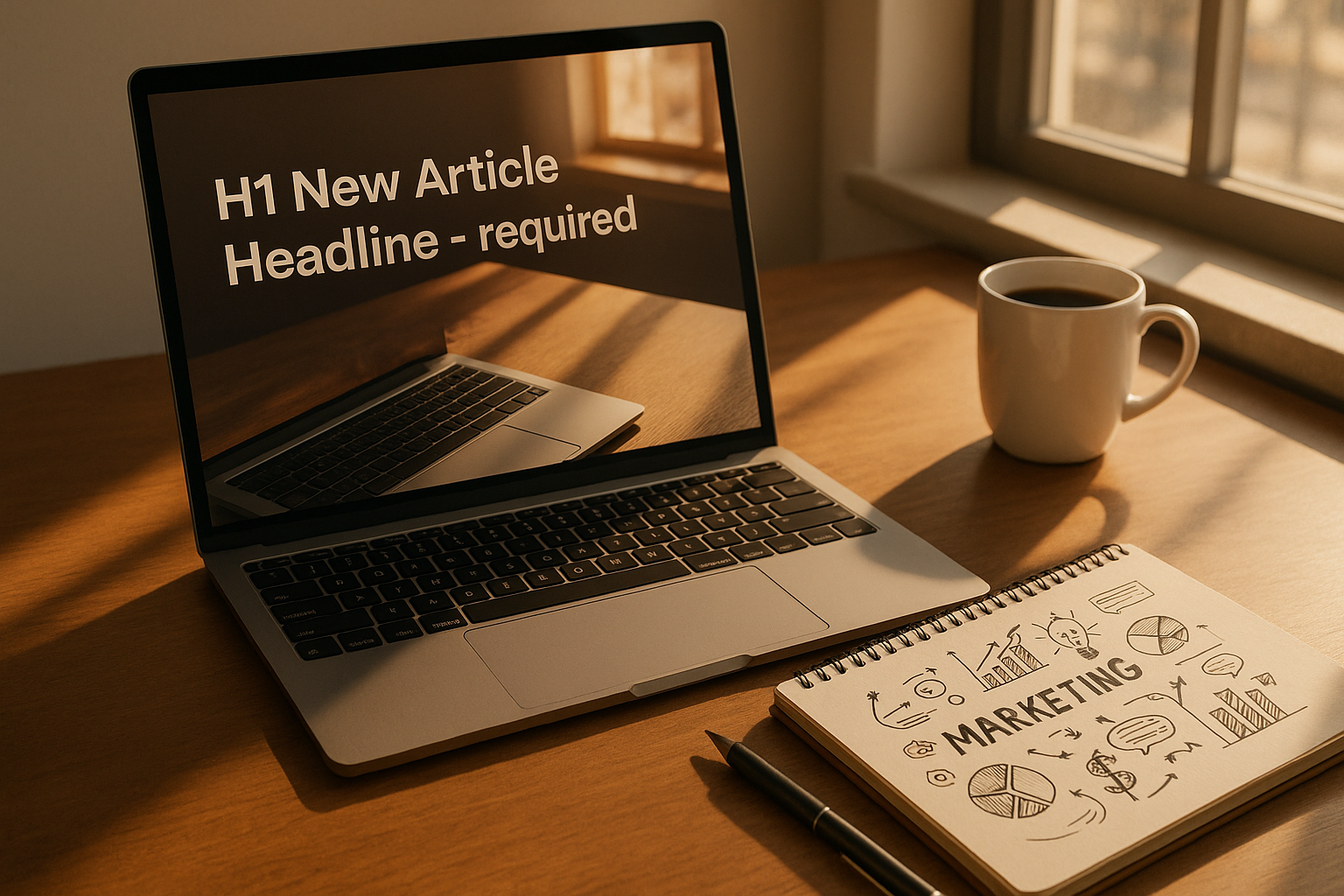AI-Generated Images for Marketing: Copyright and Legal Insights
The rise of AI-generated images has transformed marketing, advertising, and content creation. Businesses now leverage AI marketing visuals to produce high-quality images quickly, often using Text to Image tools and AI image generators. However, while the technology is powerful, it brings important copyright and legal considerations for AI marketing visuals.
Understanding Copyright Issues with AI Generated Images
One of the main concerns with AI-generated images is ownership. Copyright AI images can be complicated because:
- AI systems may be trained on datasets containing copyrighted material.
- Determining who owns the rights—the user, developer, or AI—depends on jurisdiction.
- Using AI images commercially without understanding rights can lead to legal disputes.
It's essential to understand copyright issues with AI generated images before integrating them into marketing campaigns or publishing them online.
Legal Considerations for AI Marketing Visuals
Businesses creating AI marketing visuals must consider several legal aspects:
- Usage rights: Check if the AI image generator provides commercial licenses for output images.
- Intellectual property: Ensure AI-generated images do not infringe on existing copyrighted works.
- Disclosure: Some jurisdictions may require disclosure that content was generated using AI.
Understanding these factors ensures that your marketing materials remain legally compliant and ethically sound.
Can You Use AI Art Commercially?
Many companies ask: Can you use AI art commercially? The answer depends on:
- The AI image generator’s terms of service.
- Whether the generated images are derivative of copyrighted works.
- Local copyright laws regarding AI-generated content.
Being informed about AI image rights explained helps marketers avoid potential legal pitfalls.
Ethical AI Image Usage
Beyond legal requirements, ethical practices are crucial. Ethical AI image usage includes:
- Avoiding generation of misleading or offensive visuals.
- Respecting the original creators whose works may be in training datasets.
- Clearly labeling AI-generated content when necessary.
Ethical use builds trust with audiences and strengthens brand reputation while using AI-generated images for marketing.
Using Text to Image for Marketing
Text to Image tools allow marketers to create visuals from written prompts, streamlining content production. By combining a text to image workflow with AI-generated images, businesses can quickly produce personalized graphics, social media visuals, and ad creatives. However, every image must comply with copyright AI images guidelines to avoid legal issues.
Conclusion: Safe and Effective AI-Generated Marketing Visuals
AI-generated images offer unprecedented speed and creativity for marketing, but copyright issues with AI generated images cannot be ignored. Marketers should understand legal considerations for AI marketing visuals, ensure ethical AI image usage, and verify commercial rights for images created with AI image generators and text to image tools.
When done correctly, AI marketing visuals can enhance campaigns while remaining legally and ethically compliant.
